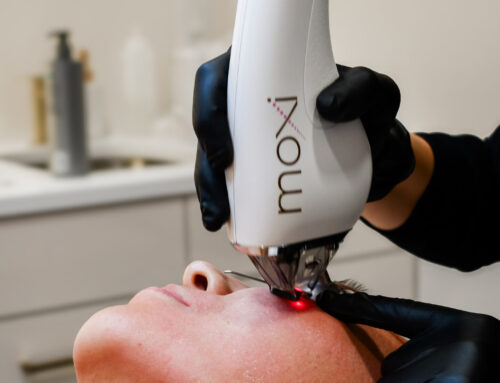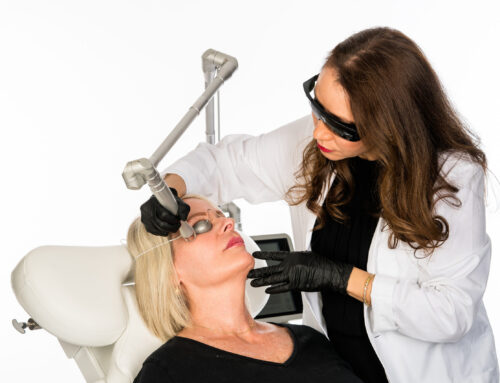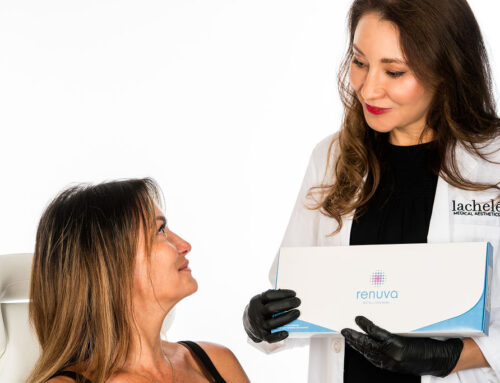Any skincare expert, physician or esthetician alike, will tell you that the most important topical (yes, even more important than your TNS Essential Serum!) is SUNSCREEN! It is the only product in our skincare regimen that is an absolute constant: it is imperative that you wear an SPF protectant 365 days of the year. Regardless of whether you’re spending the day on the beach in July or on the ski slopes in January, protecting your skin from the sun’s harmful rays should be a top priority. But unfortunately it’s not enough to slap any old sunscreen on your face and body; the quality of the sun care products you use is critical.
SUNSCREEN BUZZ WORDS…
“BROAD SPECTRUM:”
The term “Broad Spectrum” means that the product offers protection from both UVA and UVB Rays. Why do you need to protect yourself from both types of rays? To make things simple, UVA rays are what we refer to as “aging” rays and UVB rays are primarily what causes sunburn.
“WATER RESISTANT” VS “VERY WATER RESISTANT:”
Common sense should tell us that both sweat and water can wash sunscreen off of our skin so thankfully the FDA no longer allows any company to tout their sunscreen as being waterproof. However, water resistance is an important feature of your SPF product to understand. “Water resistant,” as defined by the FDA, means that the product will stay effective for up to 40 minutes in the water whereas “very water resistant” offers up to 80 minutes of protection. The take-home point: you will need to reapply after 40 or 80 minutes respectively. While we’re on the topic of reapplying, it should be common practice that you reapply after toweling off and even doing so every 2 hours regardless of exposure to water.
“PHYSICAL” VS “CHEMICAL”
Knowing the difference between the terms “physical” and “chemical” is an important part of understanding how sunscreen works. Physical sunscreens, commonly referred to as sunblock, contain minerals such as zinc oxide and titanium oxide. These minerals work to protect your skin by deflecting the sun’s rays. On the other hand, chemical sunscreens work by absorbing the sun’s rays. Two of the most common chemical agents in sunscreens are oxybenzone or avobenzene. A physical sunscreen is preferred.
A FEW OF OUR SUGGESTIONS…
Multitask!
New-aged sunblocks, such as Elta MD, are so specialized that cater to your skin’s needs! There are special formulas designed for those who are prone to breakouts, Rosacea and hyperpigmentation. Dr. Espinoza’s personal favorite in summer months to hide hyperpigmentation is Even Up by ColoreScience, which boasts an SPF of 50 and offers great coverage if worn alone as a makeup.
Brush it on!
The new recommendation for applying sunscreen is to use a lotion in the morning and reapply every two hours with a powder. ColoreScience, an award-winning brand of sun care products, created a self-dispensing micronized powder sunscreen that makes reapplying throughout the day quick and easy.
Cover up!
Did you know that clothing and hats are available with built-in sun protection? Visit the swimwear and hat section of our retail boutique that features stylish pieces from companies like Coolibar and Seea.






